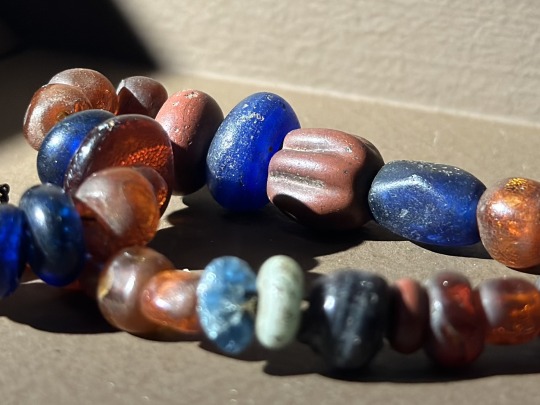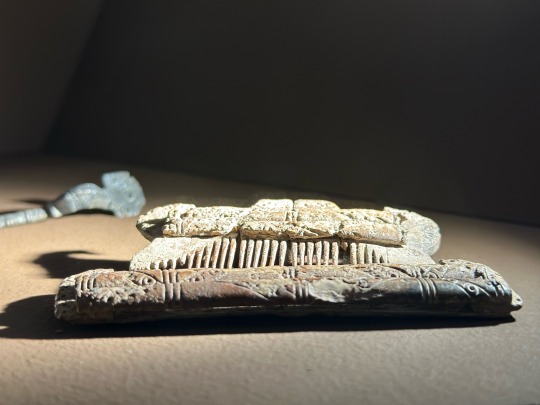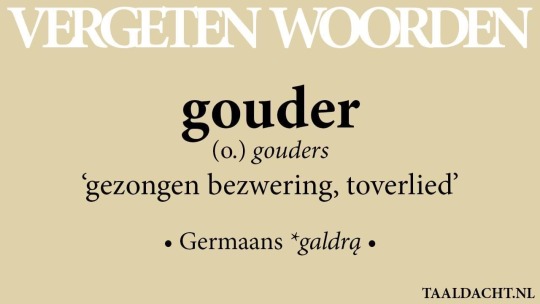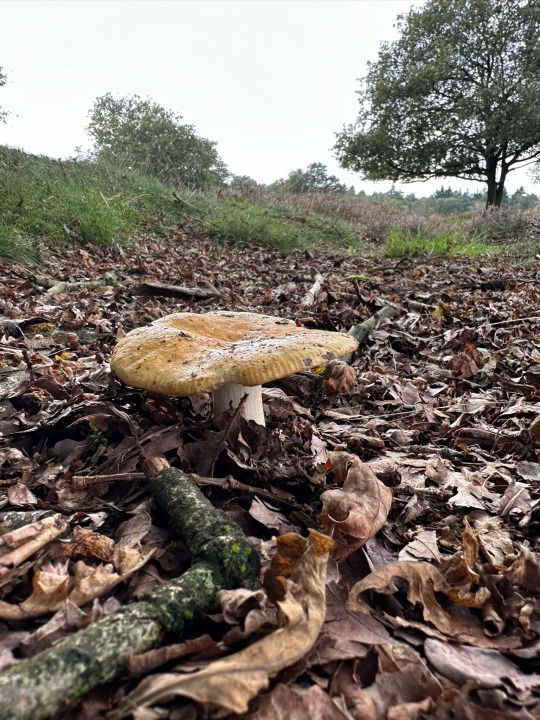Text

Grappling with new feelings?
4 notes
·
View notes
Text

Retelling the story of King Olaf and the vǫlsi…
3 notes
·
View notes
Text

“Then Óðinn rode, to the eastern door,
There, he knew well, was the wise-woman's grave;
Magic he spoke, and mighty charms,
Till spell-bound she rose”
4 notes
·
View notes
Text

Has it been a year already since I visited beautiful Lindisfarne with the boys? How time flies!
3 notes
·
View notes
Text

“What do you mean we should raid each other's territories under this blanket”?
0 notes
Text

Fijne Woensdag! Happy Wōdnesdæg!
21 notes
·
View notes
Text

Have a great Easter Fire!
As it libben wer üntspringt oan de kâlde, deade grûn […] Dan is Eastre dêr en sy bringt ús har ljocht
1 note
·
View note
Text

ᛁᛦ ᚹᛟᛞᚾᚨᛋ ᚹᛖᚱᚨᛉ
em Wōðnaz’s weraz
I’m Odin’s man
8 notes
·
View notes
Text


Hunebed D11 is located in the Anloo forestry between Anloo and Eext.
In the England of the 1870s concern arose about the way in which dolmens were being treated in the Netherlands.
The director of the Society of Antiquaries in London, being paternal, asked the antiquarian William Collings Lukis and Sir Henry Dryden to accurately record the condition of the dolmens at that time. They visited Drenthe in July 1878 and mapped forty dolmens.
There were fragments of urns on the surface at the time. These fragments are now in the British Museum. So far the Dutch government has not asked for the return of the stolen items.
0 notes
Text





Tree trunk coffin from the 7th century and with reconstructed face.
Necklace, amber and glass, 5-8th century
Grave gifts, comb made of bone, 450-500 CE
Torque, 600 BCE-0 CE.
All objects are found in Frysia and on display in the Fries Museum in Leeuwarden, The Netherlands
1 note
·
View note
Text




Burial mound from the iron age, Evertsbos, The Netherlands
1 note
·
View note
Text





Sunday morning walk. First whiff of October air…
0 notes
Text

Via taaldacht.nl
Gouder: gezongen bezwering, toverlied
Germaans: *galdrą
9 notes
·
View notes
Text






The dolmen D10 was called Duyffelskutte (the Devil’s Cunt) during the Renaissance. This is how this place was even called on a map by Ortelius. It is said that people would be sacrificed alive on the stones, after they had crawled through the narrow passage under the stones whilst being pelted with dung (?) Others believed that a giant lay here among the stones.
This dolmen is only 'just' a grave of the Funnel Beaker culture of course. To the north of the dolmen, old cart tracks are still visible, so historians think this dolmen ws located on a busy trade route from Groningen to Coevorden.
In 1854, the grave was opened in search of archaeological objects for an exhibition in Assen. Restorations took place in 1869, 1878, 1952 and 1996. A Roman coin was found nearby; a solidus of Emperor Valentinian I (364-375).
4 notes
·
View notes
Text

Some pictures of my latest visits to our prehistoric monuments:
Dolmen D6 is located east of the village of Tynaarlo. Soil examination revealed flint stones, axes, arrowheads, potsherds and beads of amber. The name Tynaarlo is kinda puzzling. It might mean ‘at the site of the clearing in the maple forest’. From Old Dutch *are (“maple”) and lo (from *lauhaz, a (sacred) clearing in a forest). Others connect it to the god Donar, Thunaer or Thunar in Old Saxon. In old Low Saxon it becomes Tinoarlo; “Thor's clearing in the forest”. Or perhaps it is connected to the Frisian male name Tie, Tye. From tuw, tij 'god' (WGm. *tīw), counterpart of Old Norse týr, pl. tivar. Which was also in use as the name of the old Germanic main god. The place name then means 'god’s clearing in the forest'.
D7 is located at the Strubben-Kniphorst nature reserve east of the Borgweg near the village of Schipborg. On this hunebed (dolmen) a rare moss is found that only grows on these graves in The Netherlands and is hence called ‘hunebedmos’. Very rare here. But in other countries it is called lantern moss and is typically found in cooler climates on surfaces or fissures of dry, siliceous, exposed rock such as granite.
D8 is located between the villages of Annen and Schipborg. It is assumed that this dolmen was located on a prehistoric route, because there is an old cart track near the dolmen.
D9 is an incomplete portal tomb in Annen. The grave monument served as a bicycle rack for travelers by public transport. This is to the great sadness of the Annen historical association: “None of the other 52 dolmens has suffered such a sad fate as the small half-dolmen in Annen. This 5,000-year-old monument, which has now become famous and infamous under the nickname 'prehistoric bicycle rack', is treated with disrespect”. There is now a prohibition sign.
4 notes
·
View notes

